Dr. Brown’s bottles are a popular choice for parents who want to reduce colic and gas in their babies. However, some parents have reported that these bottles leak, causing frustration and potential messes during feeding time.
This article will explore the potential causes of why do dr brown bottles leak and provide solutions to prevent it from happening.
Understanding the components of Dr. Brown’s bottles is essential to understanding why they may leak. These bottles have several parts, including a vent system that reduces air intake and prevents vacuum formation.
However, if these parts are not assembled correctly or become damaged, they can cause leakage. Additionally, the type of nipple used with the bottle can also affect the flow of liquid and contribute to leakage.
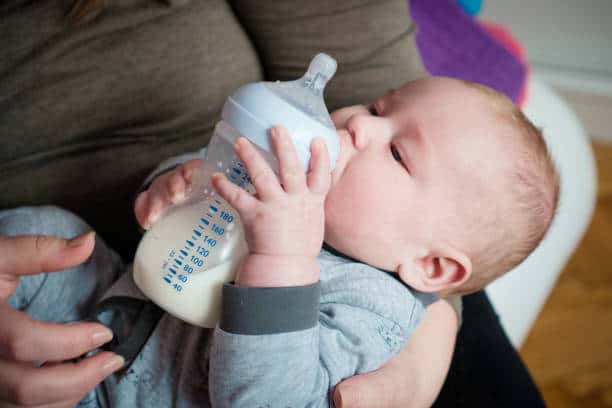
Key Takeaways
- Dr. Brown’s bottles may leak due to incorrect assembly or damaged parts.
- The type of nipple used with the bottle can also affect the flow of liquid and contribute to leakage.
- Proper cleaning and maintenance of the bottles can prevent leakage.
1. Understanding Dr. Brown’s Bottles
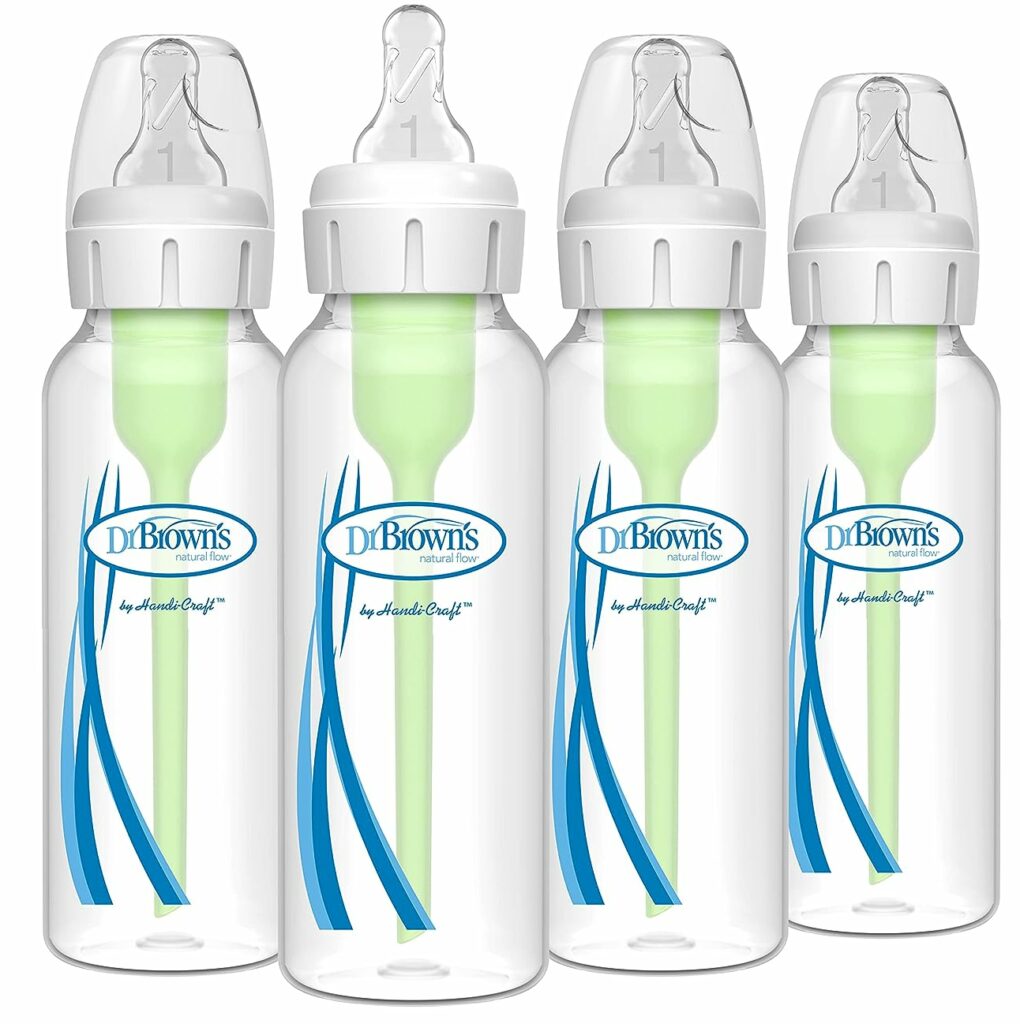
Dr. Brown’s bottles are a popular choice for parents looking for anti-colic bottles for their babies. These bottles are designed with an innovative venting system that is said to reduce colic, spit-up, burping, and gas.
However, some parents have reported that these bottles can leak, causing frustration and inconvenience.
The internal venting system of Dr. Brown’s bottles is meant to prevent air from mixing with the milk or formula, which can cause gas and colic. This system consists of a tube that runs through the center of the bottle and extends into the nipple.
The tube allows air to flow through the bottle and out of the nipple, keeping it away from the liquid.
One common reason why Dr. Brown’s bottles may leak is that the internal venting system is not assembled correctly. The bottle parts need to be aligned properly, and the vent tube needs to be inserted all the way into the nipple.
If the parts are not assembled correctly, air can escape and cause leaks.
Another reason why Dr. Brown’s bottles may leak is that the vent tube is not properly cleaned. Milk or formula can build up inside the tube, causing it to clog.
This can prevent air from flowing through the bottle, leading to leaks.
It is important to note that not all Dr. Brown’s bottles leak. Some parents have reported that they have never had any issues with these bottles, while others have experienced leaks on occasion.
It is possible that the quality of the bottle or the assembly of the parts can vary from batch to batch.
In summary, Dr. Brown’s bottles are designed with an internal venting system that is meant to reduce colic and gas in babies. However, these bottles can leak if the parts are not assembled correctly or if the vent tube is not properly cleaned.
Parents should take care to assemble the bottle parts correctly and clean the vent tube regularly to prevent leaks.
2. Components of Dr. Brown’s Bottles
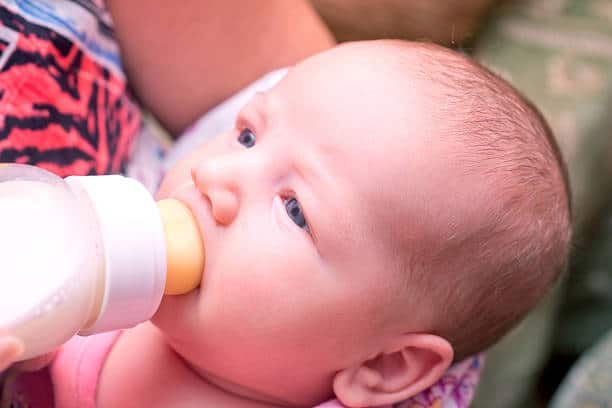
Dr. Brown’s bottles are known for their unique vent system that helps reduce colic and gas in babies. However, despite the vent system, some parents still experience leaks with these bottles.
Understanding the different components of Dr. Brown’s bottles can help identify the cause of the leaks.
The Nipple
Dr. Brown’s bottles come with a silicone nipple that is designed to mimic the natural feel and flow of breastfeeding. The nipple is available in different sizes and flow levels to accommodate different stages of a baby’s development.
The slow flow nipple is recommended for newborns, while the fast flow nipple is suitable for older babies.
The Collar
The collar is the ring that screws onto the bottle and holds the nipple in place. It is essential to ensure that the collar is securely tightened to prevent leaks.
The collar should not be overtightened as this can cause the nipple to collapse.
The Vent System
The vent system is the key feature of Dr. Brown’s bottles. It is designed to reduce colic and gas by allowing air to enter the bottle through a small vent.
The vent system consists of several components, including a vent insert, vent reservoir, and vent tube.
The Bottle
Dr. Brown’s bottles are made of BPA-free polypropylene and come in different sizes. The bottles are designed to be easy to clean and assemble.
It is important to ensure that the bottle is securely closed to prevent leaks.
In conclusion, understanding the different components of Dr. Brown’s bottles can help identify the cause of leaks. Parents should ensure that the collar is securely tightened, and the bottle is closed properly.
It is also essential to use the correct size and flow level nipple for the baby’s age.
3. Potential Causes of Leakage
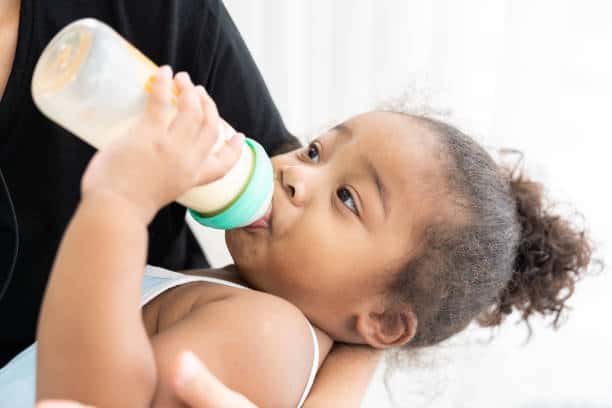
Dr. Brown’s bottles are known for their anti-colic design, but sometimes they can leak during feedings. Here are some potential causes of leakage:
Incorrect Assembly
One of the most common causes of leakage is incorrect assembly. If the bottle is not put together correctly, it can cause leaks.
Make sure the vent system is properly inserted and the bottle is tightly screwed on.
Overfilling the Bottle
Overfilling the bottle can also cause leakage. Make sure to follow the measurement markings on the bottle and leave some space at the top for the formula to expand.
Improper Nipple Size
Using the wrong nipple size can also cause leakage. If the nipple is too small, it can cause the formula to come out too quickly and leak.
If it’s too large, it can cause the nipple to collapse and leak.
Temperature Changes
Sudden changes in temperature can cause the bottle to leak. Make sure to let the bottle cool down or warm up gradually before feeding.
Shaking the Bottle
Shaking the bottle vigorously can also cause leakage. Instead, gently swirl the bottle to mix the formula.
Traveling With the Bottle
Traveling with the bottle can also cause leakage. Make sure to use a travel cap or disk to prevent leaks.
Additionally, make sure to release the vent system before feeding to prevent pressure buildup.
By addressing these potential causes of leakage, parents can ensure a more comfortable and mess-free feeding experience for their little ones.
Read more on the Best Bottles for Preemies
4. Solutions to Prevent Leakage
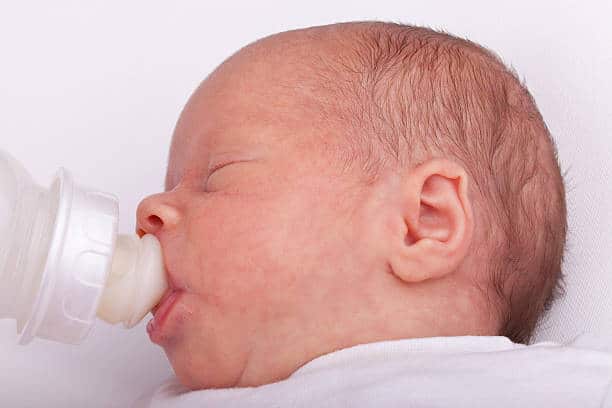
Dr. Brown’s bottles are designed to prevent air bubbles and reduce colic in babies. However, improper assembly and incorrect filling level can cause leakage problems.
Here are some solutions to prevent leakage:
Proper Assembly
Proper assembly is crucial to prevent leakage. Make sure all parts are assembled correctly and tightly.
Check the vent system and nipple for any cracks or damage. Replace any damaged parts immediately.
Correct Filling Level
Overfilling the bottle can cause leakage. Follow the fill line on the bottle and do not exceed the recommended amount.
The fill line is located on the side of the bottle and is marked with a dotted line.
Choosing the Right Nipple Size
Choosing the right nipple size can also prevent leakage. Dr. Brown’s bottles come with different nipple sizes to accommodate different flow rates. Make sure to choose the appropriate nipple size for your baby’s age and feeding needs.
Proper Mixing of Formula
Proper mixing of formula can also prevent leakage. Follow the instructions on the formula container and mix the formula thoroughly.
Shake the bottle gently to mix the formula and avoid creating air bubbles.
Safe Warming Practices
Unsafe warming practices can cause damage to the bottle and lead to leakage. Do not use boiling water or microwave to warm the bottle.
Instead, use a bottle warmer or warm water to heat the bottle.
Safe Traveling Practices
Dr. Brown’s bottles come with travel caps, travel disks, or travel cups to prevent leakage during travel. Make sure to use these accessories properly and securely to prevent leakage.
In conclusion, proper assembly, correct filling level, choosing the right nipple size, proper mixing of formula, safe warming practices, and safe traveling practices can prevent leakage problems with Dr. Brown’s bottles.
5. Additional Tips for Using Dr. Brown’s Bottles
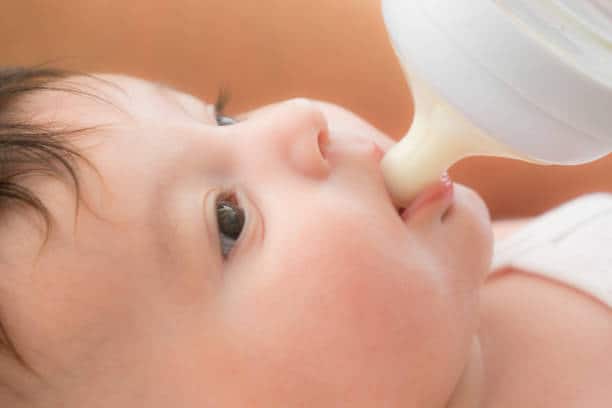
When it comes to using Dr. Brown’s bottles, there are a few additional tips you can follow to ensure the best experience for both you and your baby. Here are some helpful suggestions:
Understanding Flow Levels
Dr. Brown’s bottles come with different nipple flow levels, which are indicated by the number of holes in the nipple. It’s important to choose the appropriate flow level for your baby’s age and feeding needs.
Using a flow level that is too fast or slow can cause feeding difficulties, such as choking or frustration.
Switching Between Breastfeeding and Bottle Feeding
If you plan to switch between breastfeeding and bottle feeding, it’s important to choose a nipple that mimics the natural flow of breast milk. Dr. Brown’s bottles have nipples that are designed to provide a similar experience to breastfeeding, which can help reduce nipple confusion and make the transition easier for your baby.
Maintenance and Cleaning
To ensure your Dr. Brown’s bottles continue to function properly, it’s important to clean and maintain them regularly. The bottles and parts are dishwasher safe, but it’s recommended to sterilize them before first use and periodically thereafter.
Be sure to follow the manufacturer’s instructions for cleaning and sterilizing.
Dealing With Colic and Gas
Dr. Brown’s bottles are known for their ability to reduce colic and gas in babies. However, it’s important to use them correctly to achieve the best results.
Be sure to burp your baby frequently during feedings and use the appropriate nipple flow level to prevent air intake. If your baby still experiences colic or gas, consult with your pediatrician for additional advice.
By following these additional tips, you can ensure a successful feeding experience with Dr. Brown’s bottles.
6. Alternatives to Dr. Brown’s Bottles
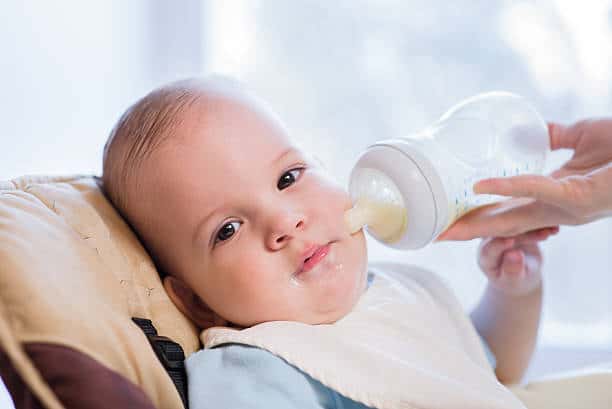
Parents who have experienced leaking issues with Dr. Brown’s bottles may want to consider trying out some alternative options. Here are two popular alternatives that parents may find helpful:
Comotomo Baby Bottles
Comotomo baby bottles are designed to mimic the shape and feel of a breastfeeding mother’s breast. The bottles are made of soft, medical-grade silicone that is safe and easy to clean.
Comotomo bottles also feature a wide-neck design that makes it easy to fill and clean the bottle.
One of the main benefits of Comotomo bottles is their anti-colic design. The bottles feature a dual-vent system that helps to prevent air intake and reduce colic symptoms in babies.
Additionally, the bottles are leak-proof and come with a soft, skin-like texture that babies tend to find comforting.
Tommee Tippee Closer to Nature Bottles
Tommee Tippee Closer to Nature bottles are designed to mimic the natural shape and feel of a mother’s breast, making them a great option for parents who are transitioning from breastfeeding to bottle-feeding. The bottles feature a wide-neck design that makes it easy to fill and clean the bottle.
One of the main benefits of Tommee Tippee Closer to Nature bottles is their anti-colic design. The bottles feature a unique venting system that helps to prevent air intake and reduce colic symptoms in babies.
Additionally, the bottles are leak-proof and come with a soft, natural-feeling nipple that babies tend to find comforting.
Overall, both Comotomo and Tommee Tippee Closer to Nature bottles are great alternatives to Dr. Brown’s bottles. Parents should consider their baby’s individual needs and preferences when choosing a bottle, but both of these options offer anti-colic benefits and leak-proof designs that can help to make feeding time easier and more enjoyable for both parents and babies.
Related Post: How Many Pacifiers Do I Need?
7. Conclusion

In conclusion, Dr. Brown’s bottles are a popular choice among parents due to their unique vent system that is designed to reduce colic and gas in infants. However, these bottles can sometimes leak, causing frustration and inconvenience for parents.
After conducting research and analyzing various factors, it can be concluded that there are several reasons why Dr. Brown’s bottles may leak. These include improper assembly, damaged or worn out parts, overfilling, and incorrect nipple size.
To prevent leaks, it is important to follow the manufacturer’s instructions carefully when assembling the bottles and to check for any signs of wear or damage to the parts. Parents should also ensure that they are using the correct nipple size for their child’s age and feeding needs.
While leaks can be frustrating, it is important to remember that they do not necessarily indicate a defect in the product. With proper use and maintenance, Dr. Brown’s bottles can provide a comfortable and effective feeding experience for both parents and infants.
8. Frequently Asked Questions
How can I prevent Dr Brown bottles from leaking?
To prevent Dr Brown bottles from leaking, make sure that the bottle is properly assembled. Check if the vent system is properly installed and that the nipple is securely fastened.
Additionally, make sure that the bottle is not overfilled and that the cap is tightened properly.
Are there any common issues with Dr Brown bottles leaking?
One of the most common issues with Dr Brown bottles leaking is that the vent system is not properly installed. Another issue is that the nipple is not securely fastened or that the cap is not tightened properly.
Overfilling the bottle can also cause leaks.
What causes Dr Brown bottles to leak?
Dr Brown bottles may leak due to improper assembly, such as a loose nipple or vent system. Overfilling the bottle can also cause leaks.
Additionally, if the bottle is dropped or damaged, it may cause leaks.
Is there a way to fix leaky Dr Brown bottles?
If the bottle is leaking due to improper assembly, make sure to reassemble the bottle properly. If the bottle is damaged or cracked, it may need to be replaced.
Dr Brown’s customer service can provide assistance with any issues.
What are some alternatives to Dr Brown bottles that don’t leak?
There are many alternatives to Dr Brown bottles that do not leak, such as Avent bottles, Tommee Tippee bottles, and Comotomo bottles. It’s important to find a bottle that works well for your baby’s needs.
Can overfilling Dr Brown bottles cause leaks?
Yes, overfilling Dr Brown bottles can cause leaks. It’s important to follow the recommended fill line and not to overfill the bottle.

Iesha is a loving mother of 2 beautiful children. She’s an active parent who enjoys indoor and outdoor adventures with her family. Her mission is to share practical and realistic parenting advice to help the parenting community becoming stronger.
